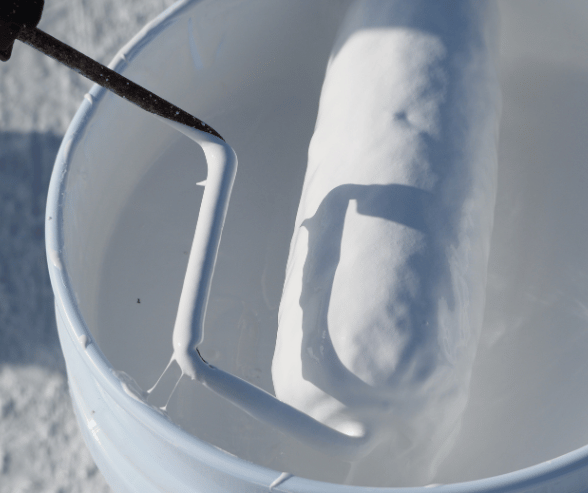Top 10 Painting Techniques & Styles for Beginners
Exploring different painting techniques can be a great way for beginners to find their unique style and build confidence. Here are ten beginner-friendly techniques and painting styles that not only introduce basic skills but also allow room for creativity and personal expression.

1. Acrylic Pouring
- Acrylic pouring is a vibrant and satisfying technique that’s easy to start with. It involves pouring liquid acrylic paint onto a canvas and then tilting it to create beautiful, unpredictable patterns. Because you don’t need any brushes or sketching skills, it’s perfect for beginners, and you get stunning results with minimal effort. Just mix your paints with a pouring medium, choose your colors, and let gravity work its magic!
2. Watercolor Washes
- Watercolor washes are an essential technique for any aspiring watercolor artist. This style creates a soft, dreamy effect and is excellent for painting skies, backgrounds, and landscapes. To get started, wet your paper and then apply diluted watercolor paint to achieve a smooth, even wash. Beginners find this technique both forgiving and flexible, as you can blend and layer to create depth.

3. Stippling
- Stippling involves creating an image using small dots of paint. This technique can be done with acrylic, watercolor, or ink. It’s a meditative process and allows beginners to practice patience and precision. By controlling the size and density of the dots, you can create shading and texture, which is great for adding detail to still-life or portrait paintings.
4. Dry Brushing
- In dry brushing, a small amount of paint is applied to a dry brush before it’s used on the canvas. This method produces a scratchy, textured look, which is excellent for landscapes, fur, and rustic effects. Beginners appreciate this style because it’s low-pressure and versatile, working well with acrylics and oils alike.

5. Palette Knife Painting
- Using a palette knife instead of a brush can produce interesting textures and bold, expressive strokes. Beginners find it liberating since there’s no need for precise details. The palette knife technique is often used with thick paints like oils or heavy-body acrylics to add a rich, three-dimensional look to the painting, making it perfect for impressionistic or abstract pieces.
6. Splattering
- Splattering is a fun, creative technique where you flick paint onto the canvas to create a speckled, spontaneous effect. This style is fantastic for creating starry skies, rain, or energetic backgrounds. Splattering can be done with a brush or even a toothbrush for finer specks. It’s perfect for beginners who want to break away from precision and embrace a little chaos!
7. Underpainting
- Underpainting involves laying down a base color or tonal sketch on the canvas before painting over it. This technique is a classic approach for adding depth and unity to a painting. Many artists start with an underpainting in sepia or burnt umber to establish shadows and composition, which then guides the rest of the painting. It’s a great habit for beginners to practice layering and planning their composition.

8. Scumbling
- Scumbling is a technique where you lightly brush a semi-transparent layer of paint over an area to create texture and allow the underlying colors to peek through. This technique is often used to create a soft, misty effect, especially in landscapes. It’s perfect for beginners to explore subtle blending without the need for advanced skills.
9. Pointillism
- Pointillism, inspired by artists like Georges Seurat, involves placing small dots of color close together to form an image. Unlike stippling, which uses one color, pointillism uses multiple colors to create vibrancy and texture. For beginners, this technique is an excellent way to practice patience and experiment with color blending from a distance.
10. Blocking In
- Blocking in is a foundational technique where large areas of color are painted in broad strokes to establish the basic shapes and composition. This helps simplify complex images and serves as a rough draft. Beginners find blocking in helpful because it provides an overall guide before getting into finer details, making it easier to see the whole picture.

Final Thoughts
Experimenting with these techniques allows beginners to find their comfort zone while developing foundational skills. Each method offers a unique approach to painting, making the journey as enjoyable as the result itself. Whether you’re using acrylics, watercolors, or oils, these beginner-friendly techniques will help you get started, express your creativity, and build confidence along the way. So grab your brushes, pick a style, and start painting!